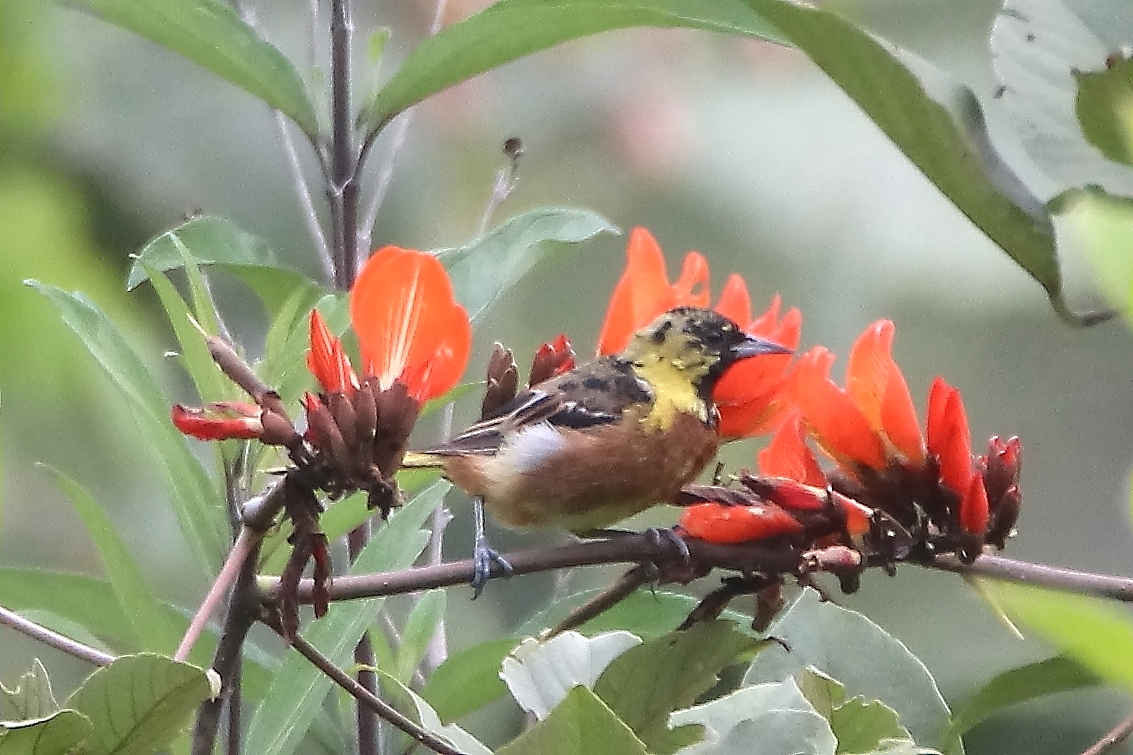
So there I was, with three birding buddies, in a rare outing to a site only on the very edge of Morelia’s urban area. We were looking at a beautifully flowering Coral Tree (Erythrina sp.) which had attracted lots of bird activity. One of these birds looked yellow, but with black beginning to develop behind its sharply pointed beak. I confidently told my companions that it was a juvenile Black-headed Siskin, a Michoacán specialty, and a potential lifer for all three of them.
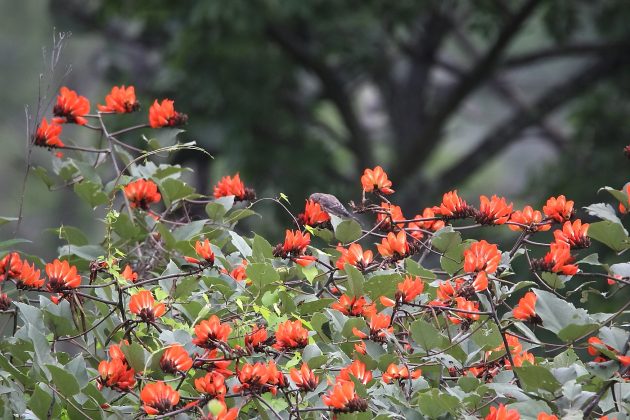
the Coral Tree
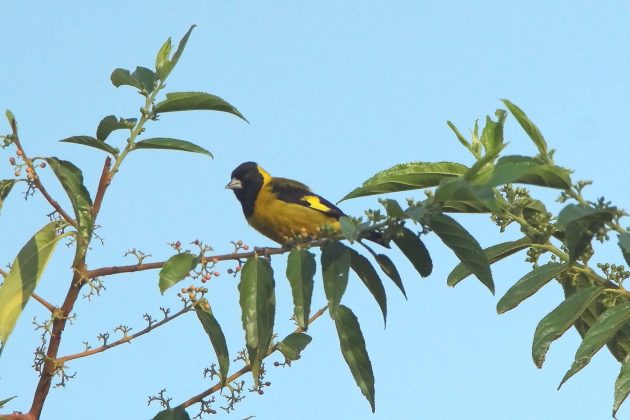
An adult Black-headed Siskin
Then I got home and started processing my photos. That’s when I saw that this bird did indeed have a sharp bill, but too long for that of a Siskin. And, most suspiciously, it had large chestnut-colored patches spreading across its breast. As it turned out, this was not a Black-headed Siskin at all. In fact, it was not any kind of Siskin. Instead, it was a juvenile male Orchard Oriole, going through that awkward stage:
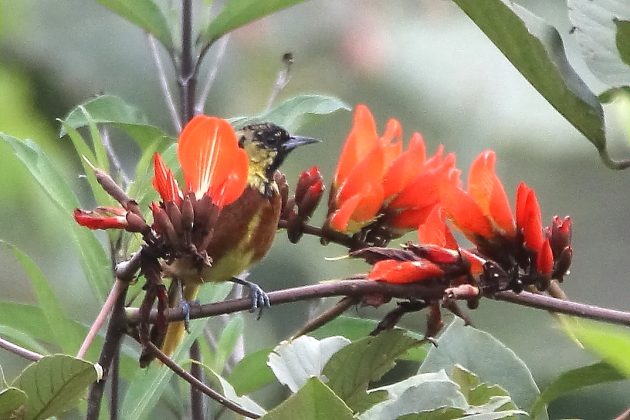
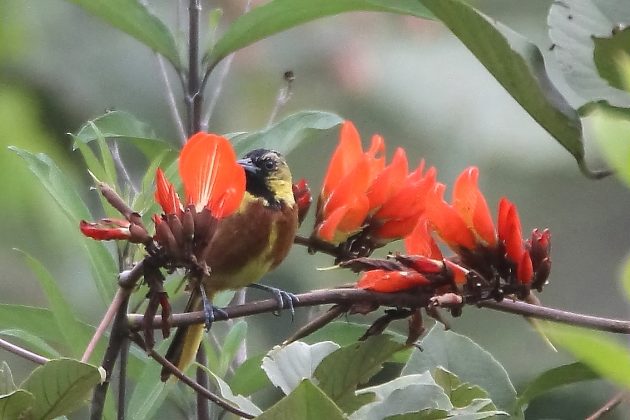
And here is how he will eventually look. (Photo courtesy of my friend Luis Iturriaga, as I have not yet achieved a top-notch shot of this handsome species.)
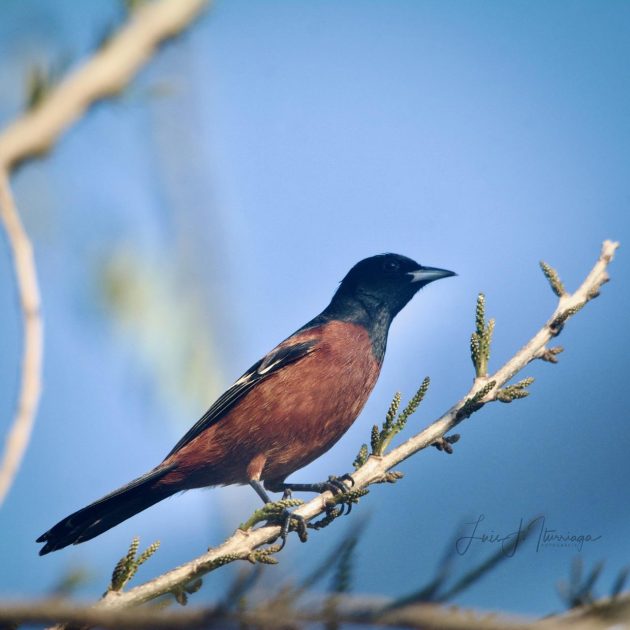
We also saw several female Orchard Orioles, including this one seen in the same Coral Tree and our young male. There is no way to know if this one was immature or adult.
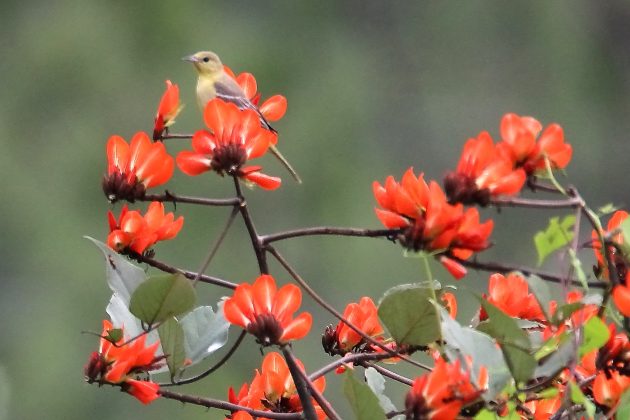
The Cerro de Punhuato (poon-WAH-toe) is a small extinct volcano which has been turned into a semi-urban nature reserve with a (not very well developed) botanical garden. It is mostly covered with low trees adapted to its rather dry environment; and in recent years has looked even drier than usual. Taller non-native eucalyptus trees that had been planted there have mostly succumbed to a borer insect, and the area has been subjected to a couple of serious forest fires during the same dry years. But this year, Morelia is finally receiving exceedingly abundant rains, and we all wanted to see how this site is responding. The forests look much diminished, but the understory was pretty spectacular.
One of the interesting things about central Mexico, is the great number of garden flowers that have their origin here. With our rain-fed abundance, a good number of these plants were in evidence:

ancestral Begonias
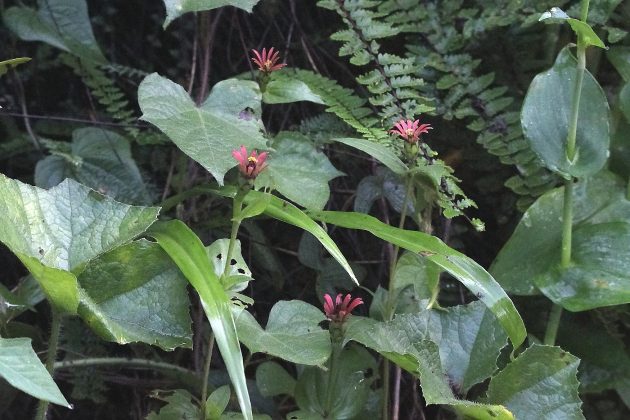
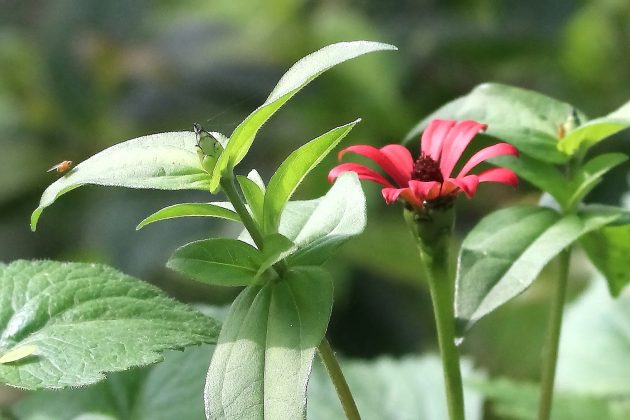
ancestral Zinnias
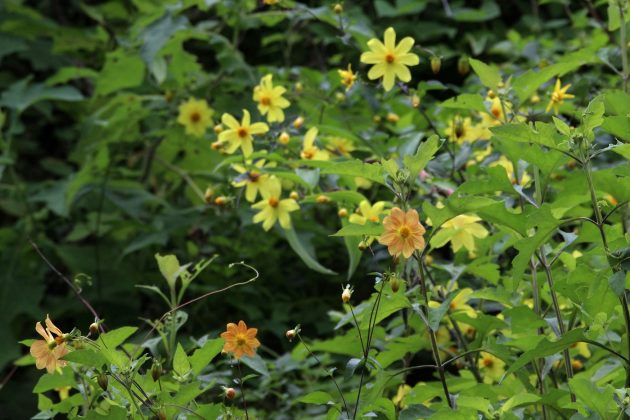
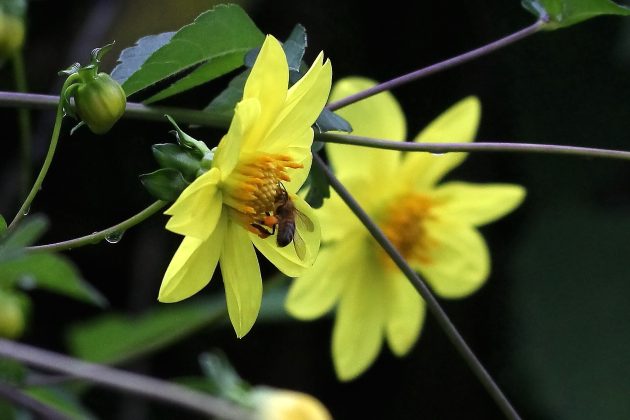
ancestral Dahlias
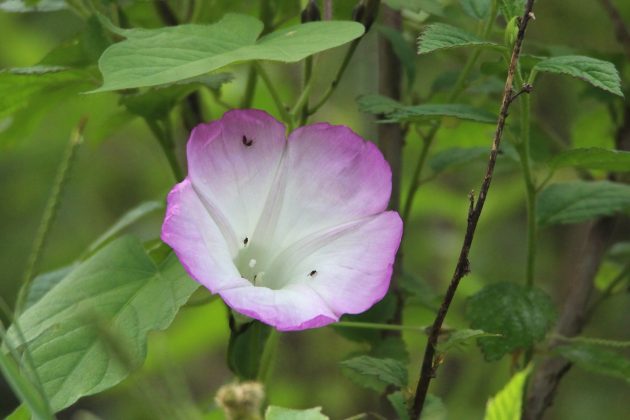
ancestral Morning Glory, very much like our garden varieties.
Poinsettias, Cosmos, Four-o-clocks, Birds of Paradise, Christmas Cacti, Gladiolus, Marigolds, and many Salvias and Fuchsias are also among the garden flowers of Mexican origin. But only the Four-o-clocks were blooming along with the above flowers; the rest either occur in other habitats, or will bloom later on Punhuato.
There were also quite a few less common, but spectacular, flowers, such as the Coral Tree shown above, and this interesting terrestrial orchid, Scarlet Ladies’ Tresses (Dichromanthus cinnabarinus):
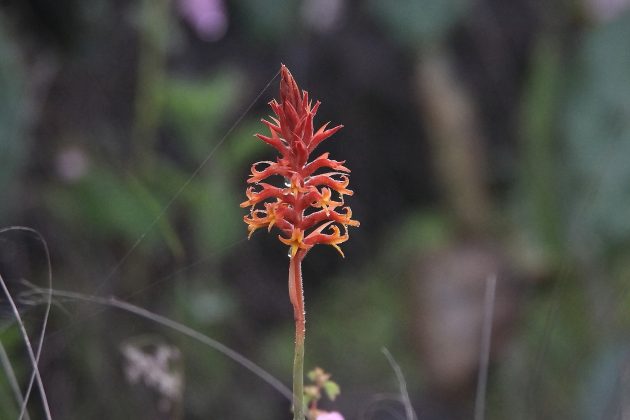
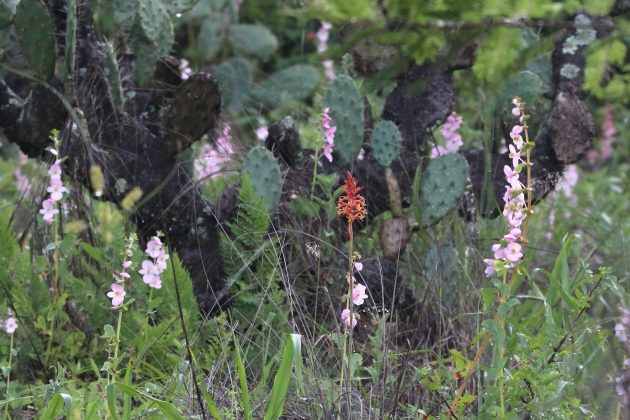
Another of my favorite local flowers is the Zarcilla (Bromarea edulis). This relative of the Peruvian Lilies (Alstroemeria) grown in gardens, looks rather like a lily plant, except that its stems twine around other plants’ stems, hanging on to them with specialized thorns. And it turns out that its tubers are edible, hence the species nama “edulis“. A fascinating plant, indeed.
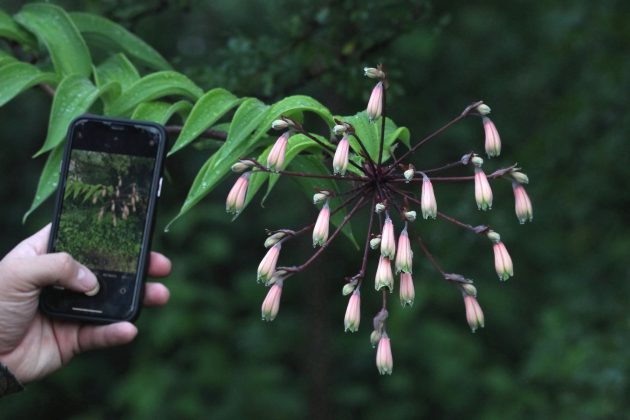
And of course, there were many interesting birds. Without doing a complete list, I’ll end with some that gave me good photos:
Black-vented Oriole also like visiting Coral Trees.
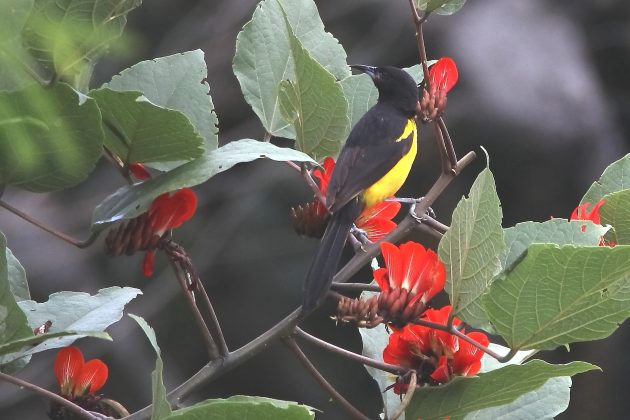
All of our highland woodpeckers, like this Ladder-backed Woodpecker, are variations of black, white, and a touch of head color. No green woodpeckers here.
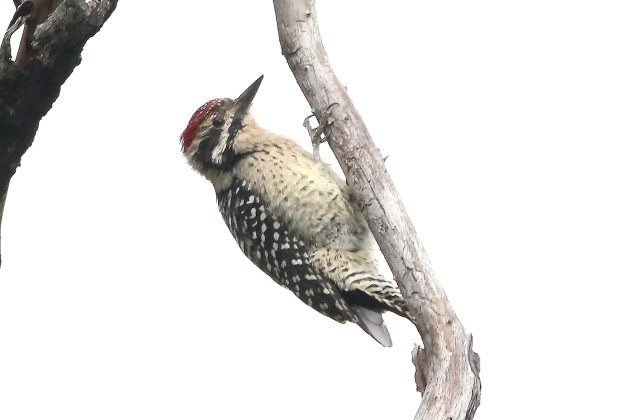
Many Violet-crowned Hummingbirds were present.

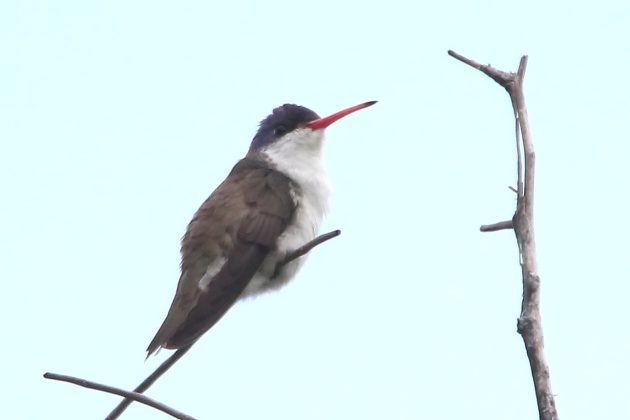
The same can be said for Broad-tailed Hummingbirds, although all were either female or immature. They can be quite rude.
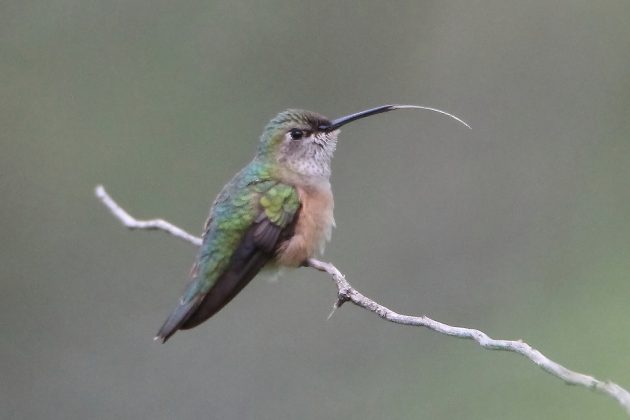
Photographing Swifts is always a questionable endeavor. And my attempt with this White-throated Swift was no exception. But I like how it looked rather like an orca with wings:
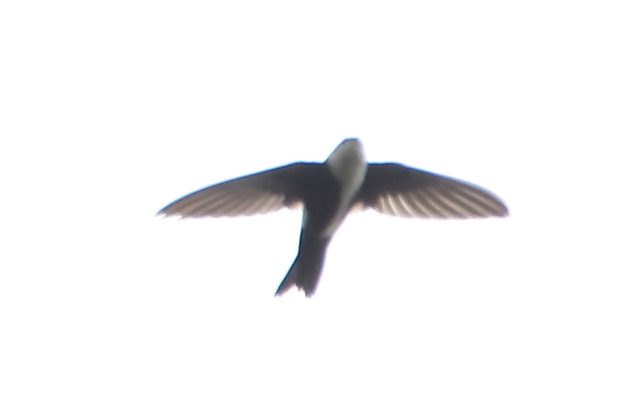













Leave a Comment